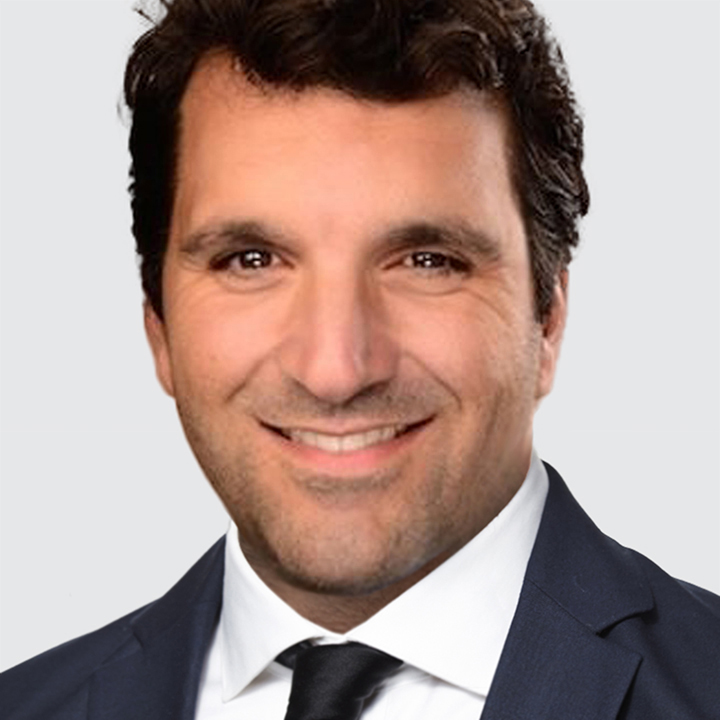US
USD is mixed within its recent tight range, the rally in stocks paused while bond markets are up. The spotlight today is the US October Conference Board Consumer Confidence index (2:00pm London, 10:00am New York).
Consumer confidence is seen falling to a six-month low at 93.4 vs. 94.2 in September. But given the Fed’s concern that downside risks to employment have risen, pay attention to the labor differential index (jobs plentiful minus jobs hard to get) of the Conference Board report. That index dropped 3.3 points to 7.8 in August, the lowest since February 2021 and indicative of a rapid rise in the unemployment rate.
Bottom line: Over the next three to six months, our base case remains for USD to edge lower undermined by a downward adjustment to US rate expectations and US protectionist trade policy.
JAPAN
JPY is the top performing currency today. USD/JPY dipped under 152.00 after forming a double-top around 153.25. JPY strength coincided with comments by Minoru Kiuchi, minister for growth strategy. Kiuchi said he will keep monitoring the weak yen’s impact on the economy, suggesting authorities are uncomfortable with the pace or level of depreciation.
Attention now turns to Thursday’s Bank of Japan (BOJ) policy decision. The BOJ is expected to keep rates on hold at 0.50%. The swaps market price in just 12% odds of a 25bps rate hike this week and nearly 50% probability of a hike by December. A full 25bps rate increase is priced-in over Q1 2026.
We anticipate the BOJ to resume normalizing rates this week or at the very least deliver a hawkish hold which can further lift the beleaguered JPY. Fiscal support is set to be ramped up and the Tankan points to an ongoing recovery in real GDP growth. Japan’s Prime Minister Takaichi ordered last week a fresh package of economic measures that is likely to exceed last year's ¥13.9 trillion (2.2% of GDP) supplementary budget to help households tackle inflation.
Moreover, Japan core inflation remains well above the BOJ’s 2% target and tracking above its projection. In July, the BOJ projected core ex. fresh food and core ex. fresh food & energy CPI to average 2.7% and 2.8% in 2025, respectively. New sets of macroeconomic projections are due at this upcoming meeting.
EUROZONE
EUR/USD is holding around 1.1650. The ECB’s September CPI consumer survey of expectations reinforces the case that the ECB is in a good place to keep rates on hold which is EUR supportive. 1-year expectations dipped 0.1pts to 2.7% and 3-year expectations matched consensus to be unchanged at 2.5% for a third consecutive month.
SOUTH KOREA
KRW is underperforming. KRW has underperformed all major currencies since the US and Korea reached a trade deal in principle on July 30. A key reason is that South Korea’s pledge to invest $350bn in the US risk accelerating Korean investors’ appetite for US securities (stocks and bond) and undermine KRW.
Moreover, there is ambiguity about how that $350bn will be structured (e.g. cash, loans, guarantees, timeline) which has raised uncertainty over US-Korea tariff negotiations. Indeed, President Lee Jae Myung warned the countries may fail to finalize a trade deal by Wednesday’s meeting with President Donald Trump.
Nonetheless, USD/KRW overshoot looks stretched. KRW is undervalued, South Korea has a significant current account surplus (5.8% of GDP), and Bank of Korea is likely done easing (the swaps curve implies steady rates over the next two years). South Korea also has a large FX reserve war chess totaling over $400bn (22% of GDP) to defend the currency. For reference, daily KRW turnover is $171bn.
CHILE
Chile central bank is widely expected to keep the policy rate at 4.75% (9:00pm London, 4:00pm New York). At the last meeting September 9, the central bank unanimously voted to leave the policy rate at 4.75% due to the “risk of greater inflation persistence.”
Sticky core inflation in September argues for maintaining the pause in the easing cycle that started in July 2023 with a 100bps cut to 10.25%. CPI excluding volatile items printed for a second straight month at 3.9% y/y, which is above the central bank’s 3% target and 2025 projection of 3.8%.
The swaps market price-in a total of 35bps of cuts in the next 12 months and the policy rate to bottom between 4.25% and 4.50%, consistent with a neutral policy setting. Chile’s central bank estimates the neutral range for the policy rate between 3.50-4.50%.

